Editorial – 9th March 2023
Emunah – The Common Denominator
This Shabbos is not only parshas Ki Sisa but also Parshas Parah. We have just enjoyed Purim and are heading towards Pesach. What is the common denominator between these four events?
The common denominator is emunah, faith in Hashem.
Ki Sisa tells of the sin of the eigel hazahav, the golden calf, where a section of Klal Yisrael displayed a lack of emunah. Parshas Parah speaks about the quintessential chok – זאת חקת התורה. Purim is the story of how Hashem delivered Klal Yisrael in a hidden way and Pesach is the story of direct intervention by Hashem. Contemplation of both is intended to enhance our faith. Telling and internalising the stories are meant to imbue us with emunah and withstand the travails of our times.
The Gemara in Megilah (16a) tells us that when Haman looks for Mordechai to carry out King Achashverosh’s reward of riding on the king’s horse, dressed in royal clothes, he finds Mordechai in the Beis Hamedrash teaching hilchos kemitzah. Hilchos kemitzah are technical laws involving flour offerings.
Why hilchos kemitzah now?
A well-known public speaker once told me that he tries to throw in the word “relevant” in the first 60 seconds of any of his talks as a means of engaging his audience.
Hilchos kemitzah? The first Beis Hamikdash has been destroyed and the second has yet to come. There is no Beis Hamkidash, no flour offerings and no kemitzah? Hardly relevant or pressing!?
The answer is that Mordechai is teaching a powerful message. Klal Yisrael are in deep trouble. The noose is tightening around their neck. A date for state sanctioned genocide has been set. Mordechai does his hishtadlus, he makes every effort to guide Esther and together with the rest of the Jewish people, he fasts and prays. And then he teaches hilchos kemitzah.
In so doing, he is telling Klal Yisrael the message of the haftorah we read immediately before Purim – נצח ישראל לא ישקר. Mordechai is saying we may be in a precarious state, but we will get through this, we will prevail. There will yet be a Beis Hamikdash and Kohanim will once again perform the avodah and take a kemitzah.
This is the message and aim of Pesach too. If used well, seder night is an elevated and effective tool to imbue our children and ourselves with kedusha and hope. It is a powerful way of passing the mesorah to the next generation and connects us to generations past.
Moreover, the Zohar calls matzah the “bread of emunah”. It embodies the faith that Klal Yisroel displayed when they followed Hashem out into the desert with few provisions. When we eat the matzah, we are internalising their faith.
So these four elements that are in the air at the moment, Ki Sisa, Parah, Purim and Pesach are all linked by the common denominator of emunah. May the contemplation and practice of these themes heighten our own emunah.
Good Shabbos
Rabbi J Golker
Menahel

